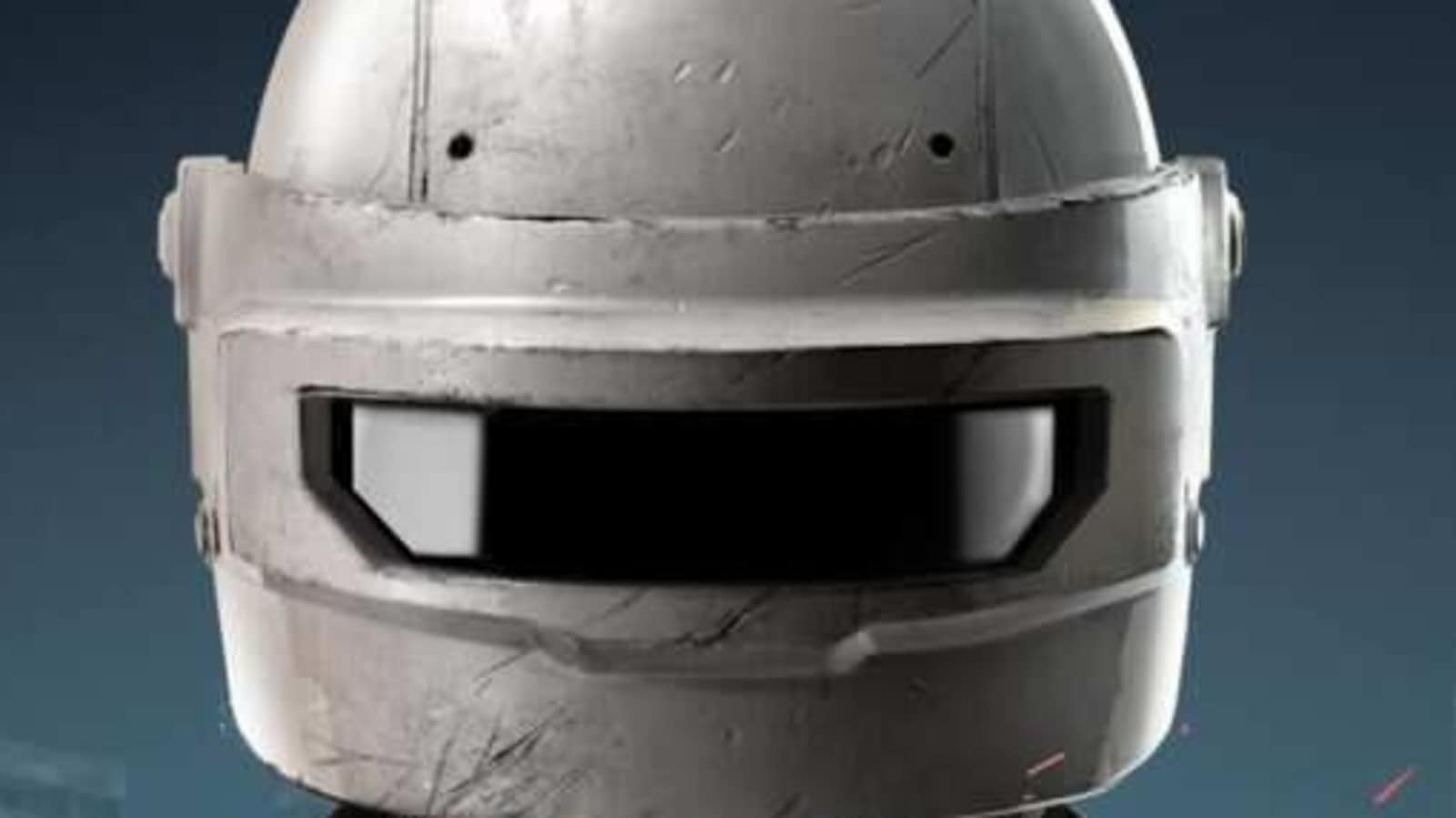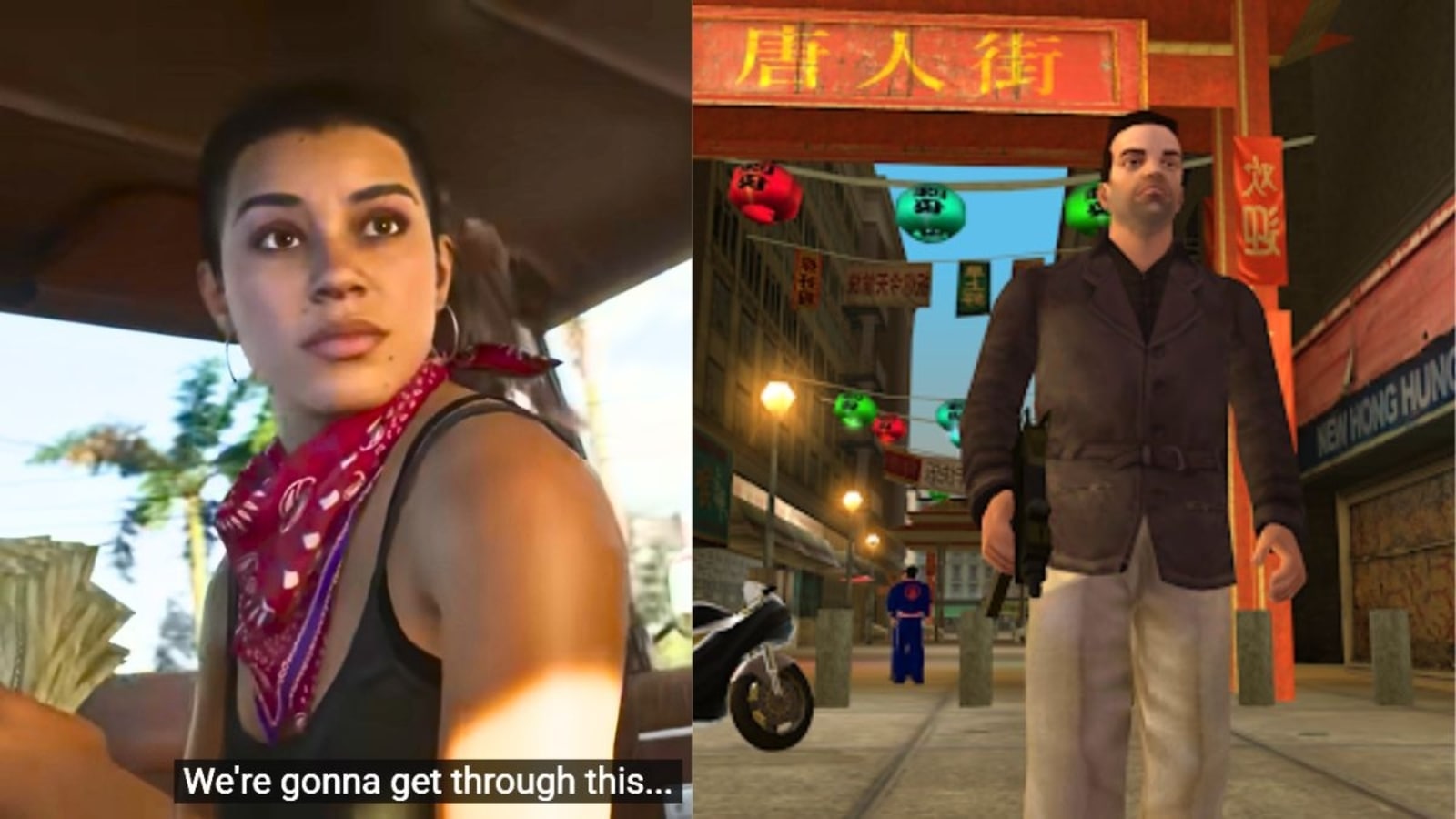“We make uncertainty an ally and embrace it,” Dr. Spiropulu said.
To reach their full potential, quantum computers will need thousands of working qubits and a million more “error correction” qubits. Google hopes to reach such a goal by the end of the decade, according to Hartmut Neven, head of the company’s Quantum Artificial Intelligence lab in Venice, Calif., who is also on Dr. Spiropulu’s team.
The Caltech physicist and Nobel laureate Richard Feynman once predicted that the ultimate use of this quantum power might be to investigate quantum physics itself, as in the wormhole experiment.
“I’m excited to see that researchers can live out Feynman’s dream,” Dr. Neven said.
The wormhole experiment was carried out on a version of Google’s Sycamore 2 computer, which has 72 qubits. Of these, the team used only nine to limit the amount of interference and noise in the system. Two were reference qubits, which played the roles of input and output in the experiment.
The seven other qubits held the two copies of code describing a “sparsified” version of an already simple model of a holographic universe called SYK, named after its three creators: Subir Sachdev of Harvard, Jinwu Ye of Mississippi State University and Alexei Kitayev of Caltech. Both SYK models were packed into the same seven qubits. In the experiment these SYK systems played the role of two black holes, one by scrambling the message into nonsense — the quantum equivalent of swallowing it — and then the other by popping it back out.
“Into this we throw a qubit,” Dr. Lykken said, referring to the input message — the quantum analog of a series of ones and zeros. This qubit interacted with the first copy of the SYK qubit; its meaning was scrambled into random noise and it disappeared.
Then, in a tick of the quantum clock, the two SYK systems were connected and a shock of negative energy went from the first system to the second one, briefly propping open the latter.
The signal then reappeared in its original unscrambled form — in the ninth and last qubit, attached to the second SYK system, which represented the other end of the wormhole.

























